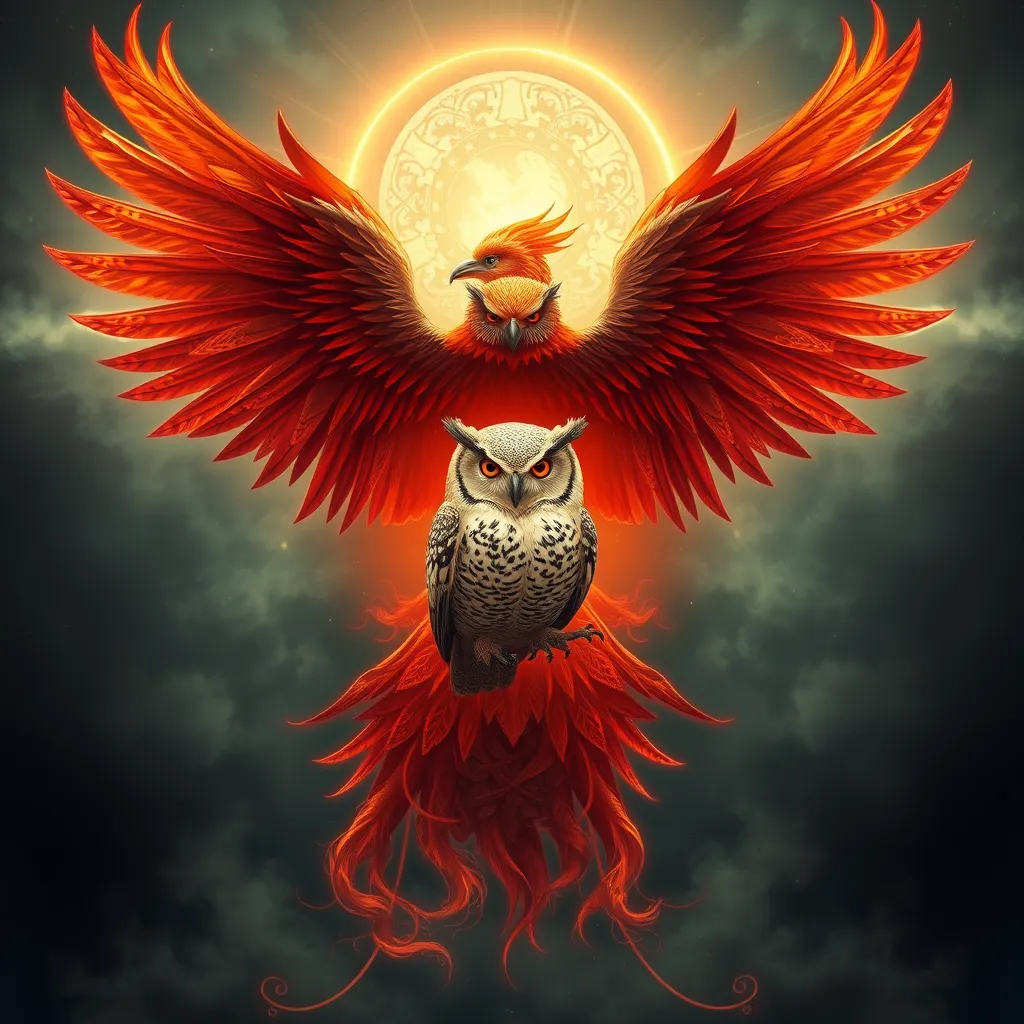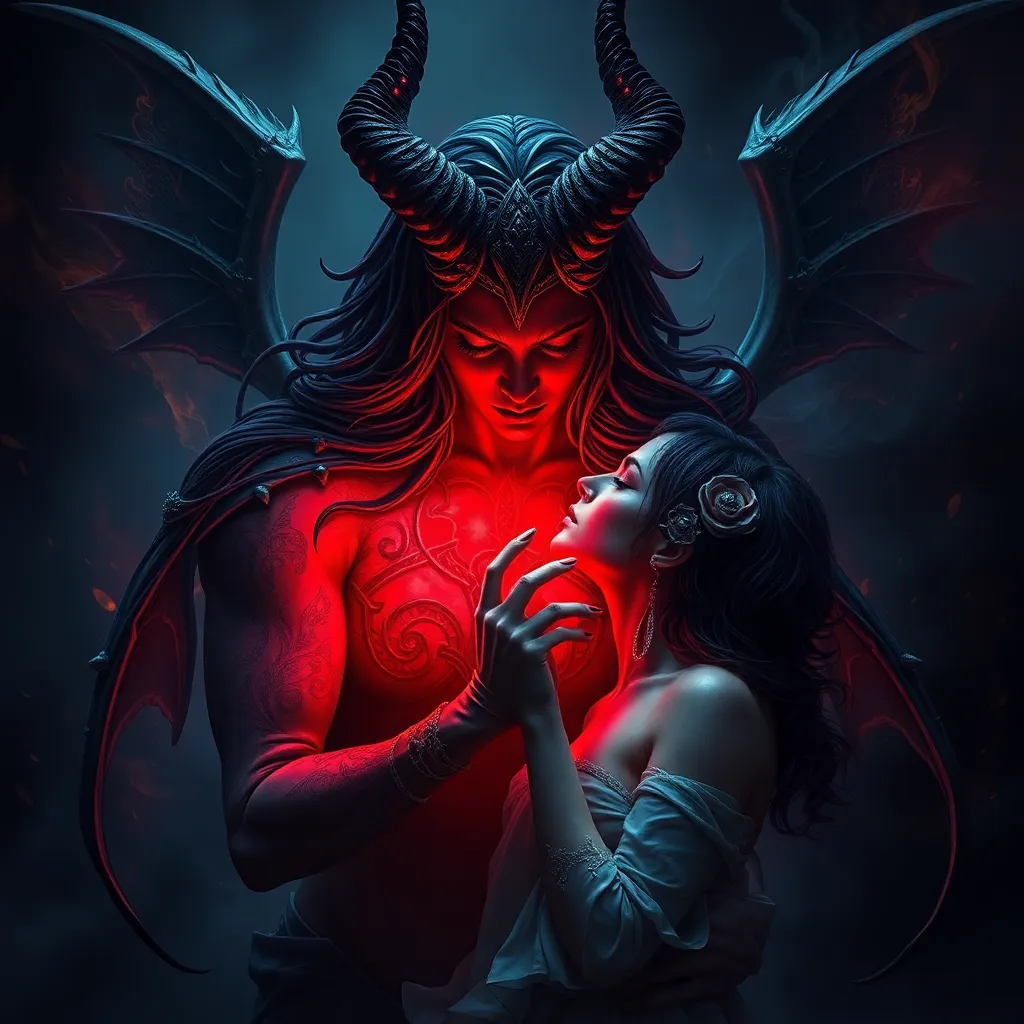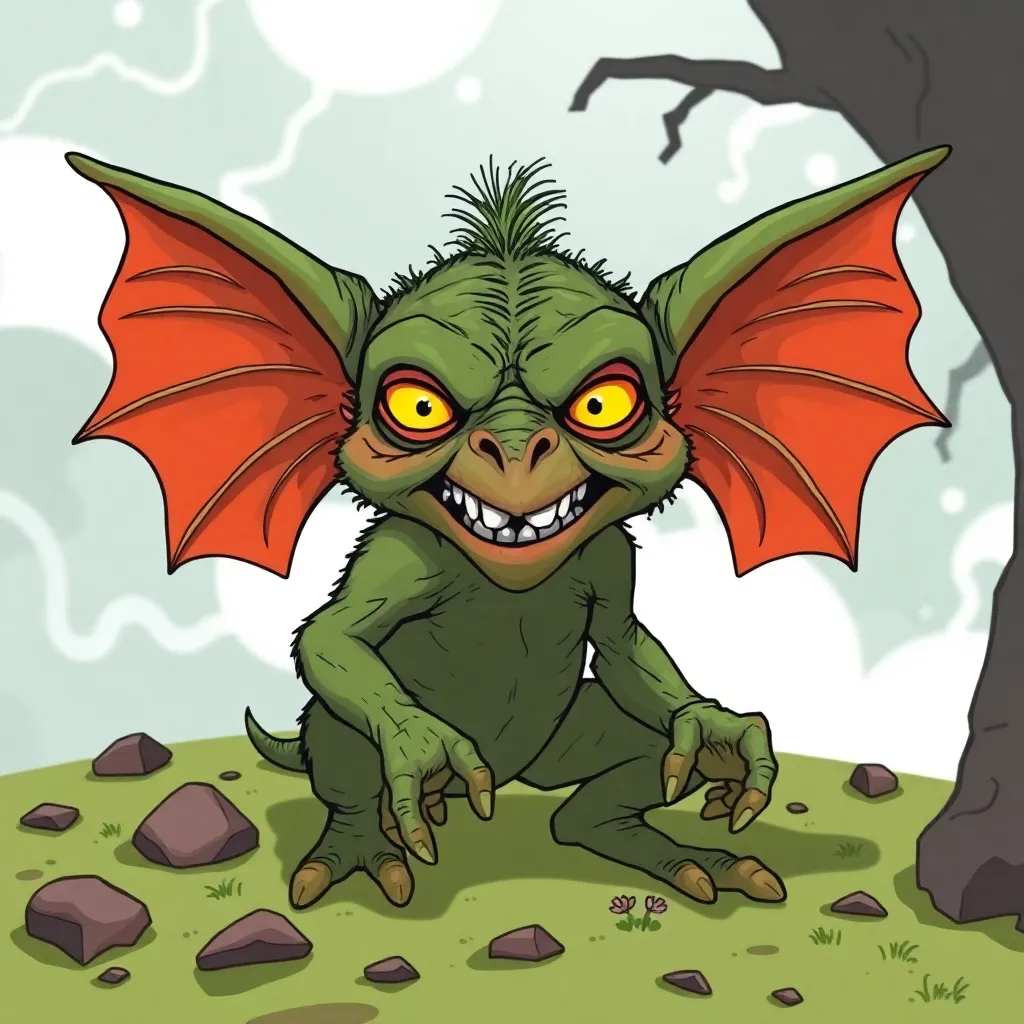The Phoenix and the Owl: The Symbol of Wisdom, Rebirth, and the Visionary Spirit
I. Introduction
The Phoenix and the Owl are two powerful symbols that have transcended cultures and epochs, embodying profound meanings related to wisdom, rebirth, and the visionary spirit. These creatures are not merely mythological entities; they represent essential aspects of human experience and aspiration. The significance of wisdom, rebirth, and visionary thinking resonates deeply across various cultures, demonstrating how these concepts influence our lives and societies.
This article aims to explore the rich symbolism associated with the Phoenix and the Owl, examining their mythological origins, cultural representations, and the lessons they impart for personal growth and societal advancement.
II. The Phoenix: A Symbol of Rebirth
A. Mythological origins of the Phoenix
The Phoenix is a legendary bird found in various mythologies, most notably in ancient Egyptian and Greek traditions. According to myth, the Phoenix is said to live for several centuries before it bursts into flames and is consumed by fire. From its ashes, a new Phoenix arises, symbolizing the cycle of life, death, and rebirth.
B. The cycle of death and resurrection
This cycle of death and resurrection is a powerful metaphor for renewal and transformation. It teaches us that endings can lead to new beginnings, and that adversity often paves the way for growth. The Phoenix’s ability to rise from its ashes serves as a reminder that we too can overcome challenges and emerge stronger than before.
C. Cultural representations of the Phoenix in art and literature
Throughout history, the Phoenix has been a popular motif in art and literature. It has appeared in various forms:
- In ancient poetry, serving as a symbol of immortality.
- In visual arts, depicted often in vibrant colors to represent its fiery nature.
- In modern literature, symbolizing hope and resilience in the face of adversity.
III. The Owl: A Symbol of Wisdom
A. Historical associations of owls with knowledge and wisdom
In contrast to the fiery rebirth of the Phoenix, the Owl represents wisdom and knowledge. Throughout history, owls have been associated with various deities of wisdom, most notably Athena, the Greek goddess of wisdom, who is often depicted with an owl companion.
B. The role of owls in mythology and folklore
Owls have played significant roles in mythology and folklore across cultures:
- In Native American cultures, owls are often seen as guardians of sacred knowledge.
- In Roman mythology, the owl was a symbol of Minerva, the goddess of wisdom.
- In many cultures, owls are regarded as omens, often associated with both wisdom and the unknown.
C. Scientific insights into owl behavior and intelligence
Beyond mythology, scientific studies have revealed that owls possess remarkable adaptations that enhance their hunting skills and intelligence. Their ability to rotate their heads almost completely, exceptional night vision, and acute hearing make them highly effective predators. This biological prowess further cements their status as symbols of wisdom in the natural world.
IV. The Intersection of Rebirth and Wisdom
A. How wisdom informs the process of rebirth
The intersection of the Phoenix and the Owl lies in how wisdom informs the process of rebirth. Wisdom gained through experience can guide individuals through transformative phases of life, allowing for personal growth and renewal.
B. The relationship between experience, learning, and personal transformation
Experience and learning are fundamental to personal transformation. Every challenge faced and lesson learned contributes to our ability to reinvent ourselves, much like the Phoenix rising from its ashes. This relationship highlights the importance of embracing both successes and failures as vital components of our life journey.
C. Case studies of individuals who embody these qualities
Many individuals throughout history have embodied the qualities of the Phoenix and the Owl. Notable examples include:
- Nelson Mandela, whose imprisonment led to profound personal transformation and wisdom that shaped his leadership.
- Oprah Winfrey, who overcame adversity and emerged as a visionary leader, inspiring millions through her wisdom and resilience.
V. The Visionary Spirit: Characteristics and Importance
A. Defining the visionary spirit
The visionary spirit refers to the ability to see beyond the present, to imagine possibilities, and to inspire others to pursue those visions. It embodies creativity, innovation, and the courage to challenge the status quo.
B. Traits of visionary thinkers and leaders
Visionary thinkers and leaders often share several key traits:
- Imagination: The ability to envision future possibilities.
- Resilience: The strength to overcome obstacles and setbacks.
- Empathy: Understanding and connecting with others’ experiences and emotions.
- Inspiration: The capability to motivate and uplift others towards a common goal.
C. The impact of visionary spirit on society and culture
The visionary spirit has a profound impact on society and culture. Visionary leaders have the power to drive change, inspire movements, and create legacies that resonate through time. They challenge existing paradigms and encourage collective growth and transformation.
VI. Cultural Interpretations of the Phoenix and the Owl
A. Comparative analysis of the symbols in different cultures
The Phoenix and the Owl appear in various forms across different cultures, each carrying unique interpretations. For example:
- In Chinese culture, the Phoenix (or Fenghuang) symbolizes harmony and prosperity.
- In Indian mythology, the Owl is often associated with the goddess Lakshmi, representing wisdom and wealth.
B. The Phoenix and the Owl in modern symbolism and branding
In contemporary society, both symbols have found their way into branding and marketing. Companies often use the Phoenix to signify renewal and innovation, while the Owl is frequently associated with education, knowledge, and reliability.
C. Influence of these symbols in contemporary literature and media
Both symbols continue to influence literature and media. The Phoenix often appears in fantasy genres, representing hope and resilience. The Owl, on the other hand, is frequently portrayed as a wise mentor or guide in various narratives.
VII. Lessons from the Phoenix and the Owl for Personal Growth
A. Embracing change and transformation
The Phoenix teaches us the importance of embracing change and transformation. Life is a constant cycle of growth, and accepting this can lead to profound self-discovery.
B. The value of wisdom in decision-making and life choices
Wisdom, as represented by the Owl, is invaluable in decision-making. It encourages us to reflect on our experiences, learn from them, and make informed choices that align with our values and goals.
C. Fostering a visionary mindset in everyday life
Fostering a visionary mindset involves cultivating creativity, resilience, and empathy in our daily lives. By imagining possibilities and inspiring others, we can contribute to a more meaningful and impactful existence.
VIII. Conclusion
In conclusion, the Phoenix and the Owl serve as powerful symbols of wisdom, rebirth, and the visionary spirit. They remind us of the cyclical nature of life and the importance of learning from our experiences. As we navigate our journeys, let us embrace the qualities these symbols embody, fostering wisdom, resilience, and a visionary mindset.
By doing so, we can harness the enduring power of the Phoenix and the Owl, creating lives filled with purpose and transformation.



